Optimal Seasons for Driveway Lights Installation
Driveway lights installations are typically most effective when performed during periods of moderate weather, avoiding extreme cold or heat. Spring and early fall are ideal seasons due to milder temperatures and longer daylight hours, which facilitate installation and testing. Proper planning during these times ensures optimal functionality and longevity of the lighting system.
Spring and fall offer the best conditions for driveway lights installation, with moderate temperatures and less precipitation.
Avoid installations during winter or peak summer months to prevent weather-related delays and equipment issues.
Longer daylight hours in spring and fall allow for easier installation and testing of lighting systems.

Spring provides favorable weather for driveway lighting setup, ensuring proper installation and testing.

Fall offers cooler temperatures and extended evenings, ideal for installation and evaluation.

Avoiding extreme weather conditions reduces the risk of delays and damage to lighting fixtures.

Ways to make Driveway Lights Installations work in tight or awkward layouts.
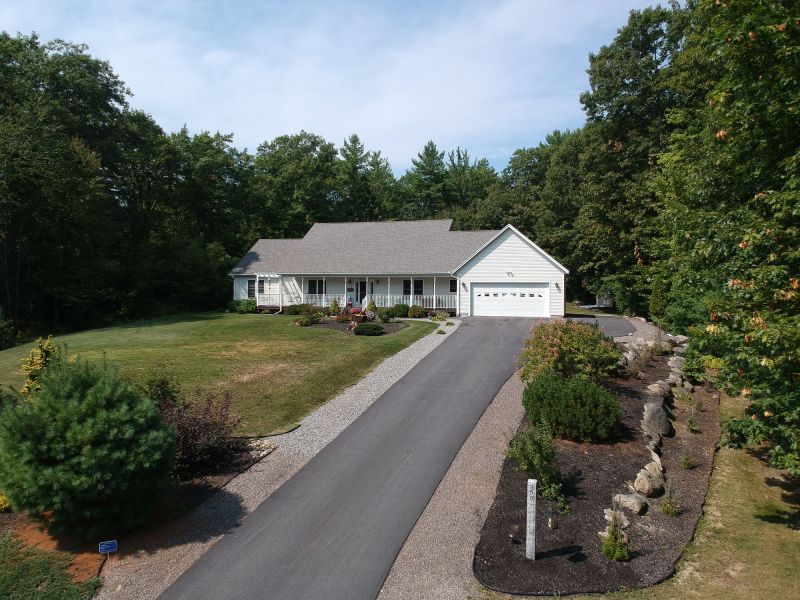
Popular materials for Driveway Lights Installations and why they hold up over time.

Simple add-ons that improve Driveway Lights Installations without blowing the budget.
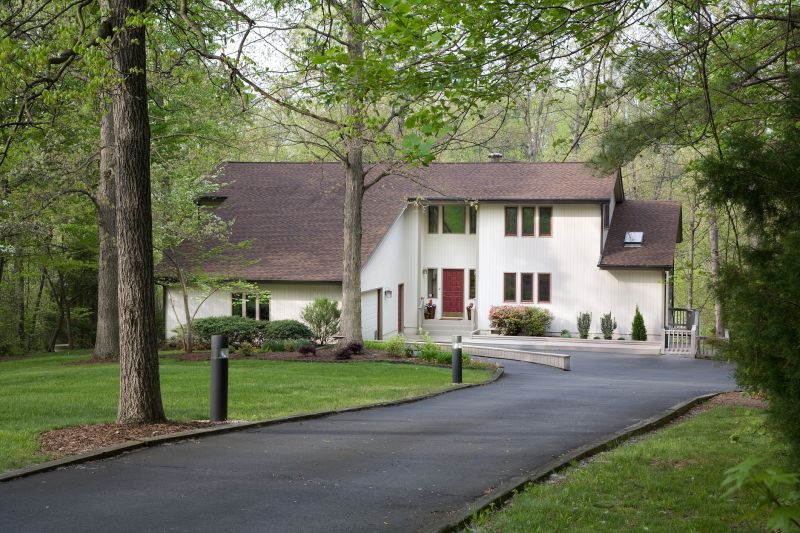
High-end options that actually feel worth it for Driveway Lights Installations.

Finishes and colors that play nicely with Driveway Lights Installations.
| Season | Advantages |
|---|---|
| Spring | Moderate weather, longer daylight hours, optimal for installation. |
| Summer | Longer evenings, but high temperatures can complicate installation. |
| Fall | Cooler temperatures, longer evenings, good for testing. |
| Winter | Challenging weather, potential delays, not recommended. |
Driveway lights installations enhance safety, security, and aesthetic appeal. Proper timing ensures the lighting system functions effectively and lasts longer. Seasonal considerations can impact the ease of installation and the performance of the lighting fixtures. Planning installations during suitable weather conditions minimizes disruptions and maximizes the benefits of driveway lighting.
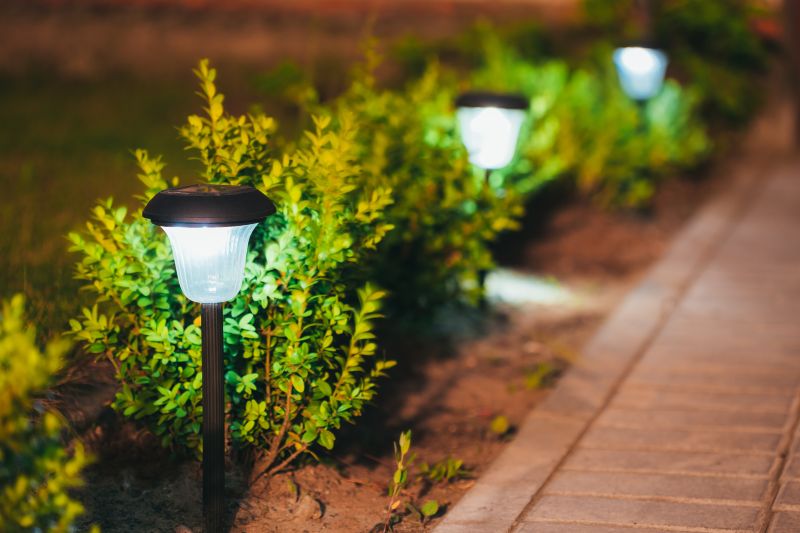
Technicians installing driveway lights amid blossoming surroundings.
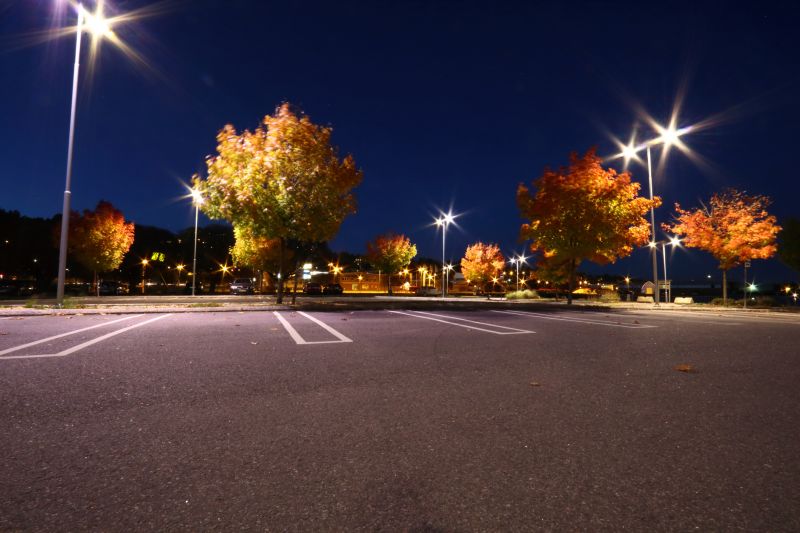
Lighting fixtures being tested during a cool autumn evening.
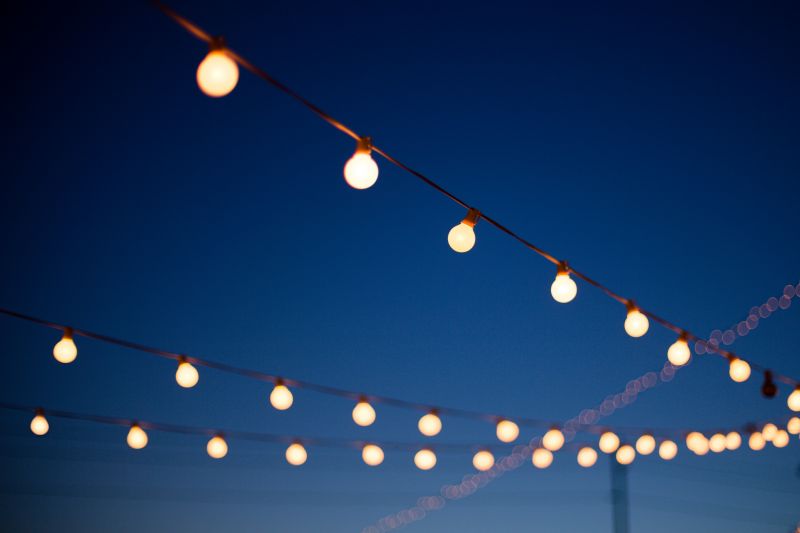
Installation during mild weather conditions ensures quality setup.
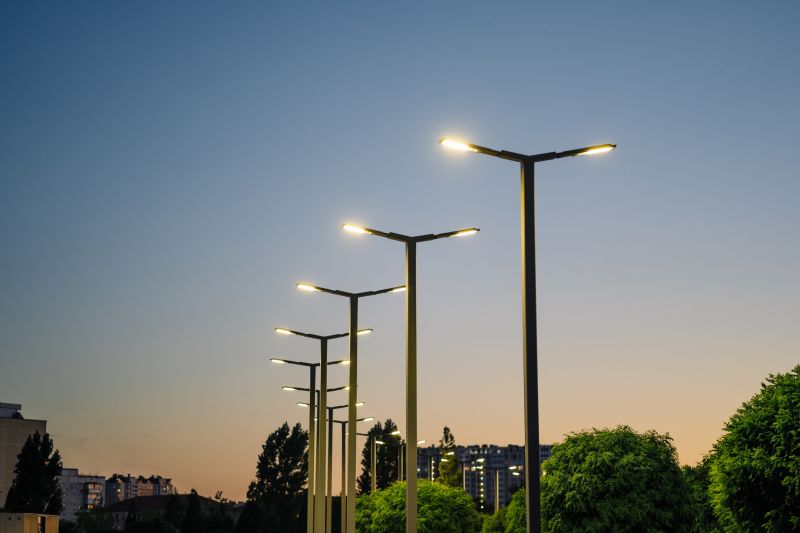
Driveway lights being tested after installation for optimal performance.
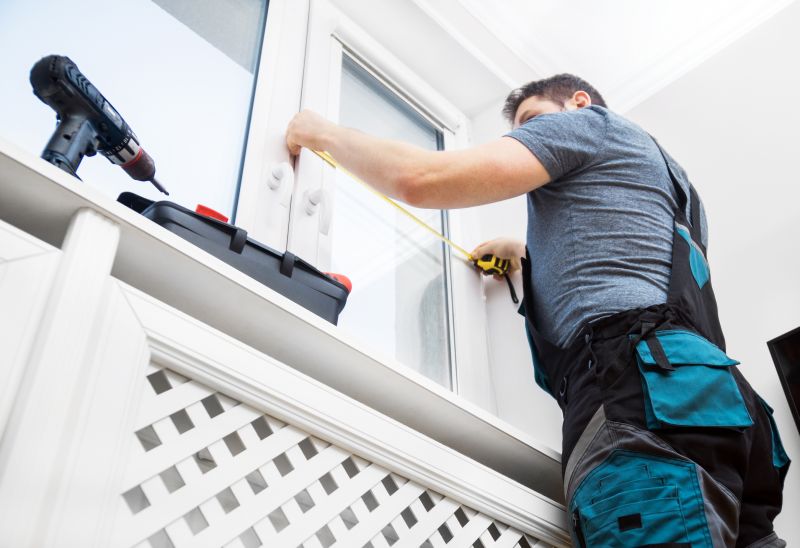
Little measurements that prevent headaches on Driveway Lights Installations day.

A 60-second routine that keeps Driveway Lights Installations looking new.
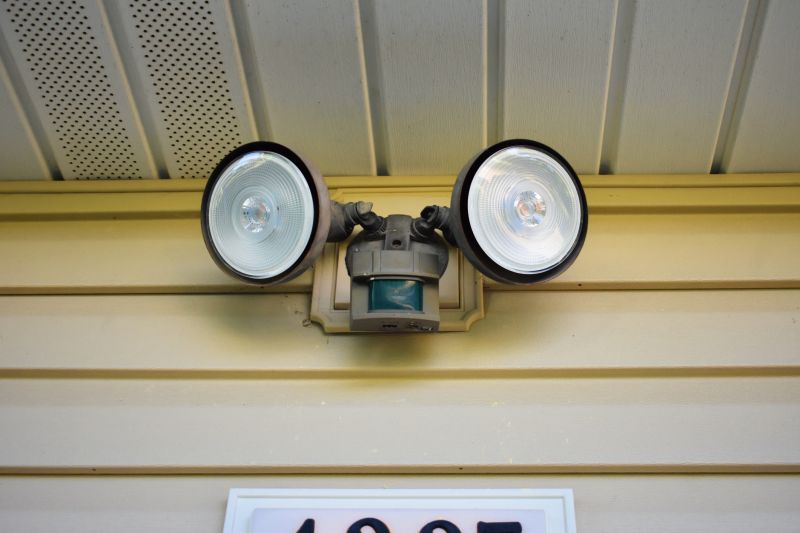
A frequent mistake in Driveway Lights Installations and how to dodge it.

Small tweaks to make Driveway Lights Installations safer and easier to use.
Installation duration varies based on driveway size and system complexity, generally ranging from a few hours to a full day.
Installation is best during moderate weather; extreme conditions may cause delays or affect equipment.
Yes, timing can influence ease of installation and system performance, with spring and fall being optimal.
Early installation ensures driveway safety and security during darker months, but should be done in suitable weather.
Proper timing for driveway lights installations maximizes their effectiveness and lifespan. Considering seasonal weather patterns and daylight hours can lead to more efficient setup and better long-term results. Consulting with a professional can help determine the most suitable time for specific driveway conditions.
